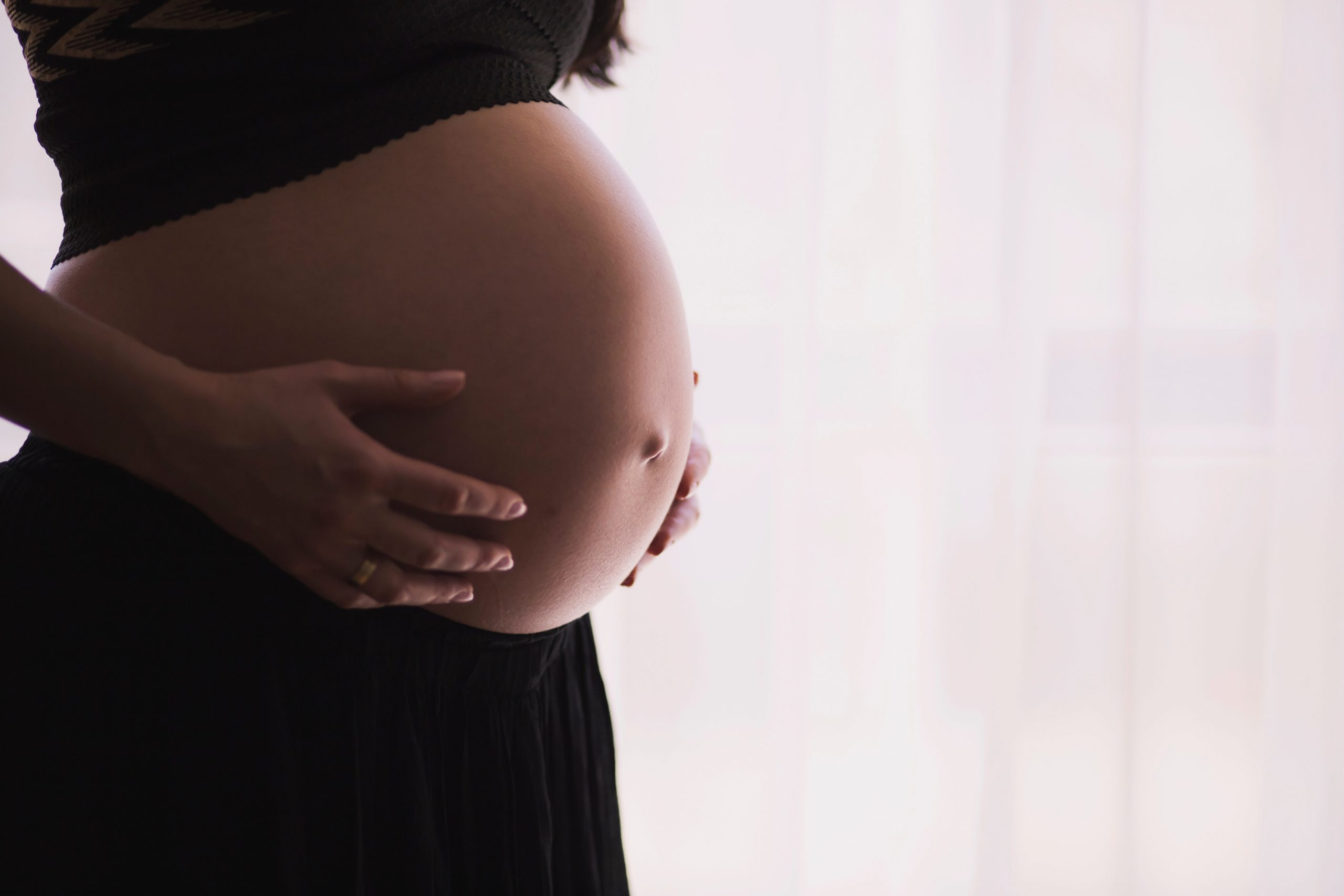Birth injuries refer to any type of harm to babies that happen during or near the time of their birth. Birth injuries normally occur due to the physical pressures that happen during the birthing processes. Common birth injuries include infection, oxygen deprivation, excessive pressures on babies’ bodies, and various other complications.
Birth injuries vary from case to case with some injuries being very minor and causing no permanent effects, and others having long-term effects of cognitive, physical, or emotional disabilities. Nowadays, with advancements in prenatal assessments such as ultrasonography, doctors can oversee the deliveries of babies and lower the risks of birth injuries.
Common Signs of Birth Injuries After Delivery
Birth injuries sometimes are identifiable immediately after delivery with typical signs that signal possible injuries including (1) the baby’s skin color turning pale or blue; (2) the baby’s breath being slow with a slow heart rate or a need for resuscitation; (3) the baby appears lethargic or sluggish; (4) the baby experiences is hypertonic (stiff) or hypotonic (floppy); (5) the baby has unusual movements in body parts such as in their face, legs, arms and other parts; and (6) the baby has abnormal reflexes such as a failure to respond to noise or an inability to comprehend objects. Keep in mind that different babies have different signs of possible birth injuries and so a careful examination is vital to determine the correct diagnosis.
Typical Causes of Birth Injuries
There are various reasons why a difficult birthing process can occur and which can lead to different birth injuries. Conditions that are often linked with birth injuries and difficult birthing are large babies, babies that are born prematurely, the disproportion in the shape or size of the mother’s pelvis, difficult childbirth, prolonged labor, maternal obesity, and unconventional delivery methods.
Common Birth Injury Types
Cerebral Palsy
Around 2.5 out of every 1,000 babies are at risk of cerebral palsy, which is characterized by a lack of motor skill development, muscle spasms, and weak muscles. In a number of cases, cerebral palsy is caused by brain damage during the birthing process. Common reasons for cerebral palsy are a lack of proper monitoring of the child’s mother, inadequate techniques used during the birthing process, and improper monitoring of fetal distress during labor. With cerebral palsy, the child will often require therapy for a lifetime with additional health problems such as hearing and vision impairments, speech problems, and learning difficulties.
Brachial Plexus Palsy
This condition typically occurs when the nerves that supply the baby’s arms and hands (also known as “brachial plexus”) are injured. This often happens due to an issue in delivering the shoulders of the baby, which is also referred to as “shoulder dystocia”; and this often results in the baby’s inability to rotate and flex their arms. Depending on how severe the nerves are injured, special exercises can help to maintain motion whilst aiding the healing process.
Caput Succedaneum
This condition refers to a swelling in babies’ scalps that often occurs in babies who require vacuum extraction to help with the delivery. The swelling often appears with discolored and bruised soft tissue that will normally resolve itself without further issues.
Legal Help for Preventable Birth Injuries
A birth injury can lead to many different types of disorders, but fortunately, most birth injuries can be resolved over time. However, there are certain complications that may occur and these complications can sometimes last a lifetime and cause a lot of problems for the child. One expert birth injury lawyer in San Diego explains that it is important to clearly determine whether or not a birth injury was preventable since there are cases of birth injuries caused by the negligence of medical practitioners. These can then lead to legal proceedings in California and most other states in the country.
Typical reasons for birth injuries that are otherwise preventable which includes improper prenatal care, a failure to detect an ongoing infection during pregnancy, a side effect caused by an incorrectly prescribed medication, or a failure to identify issues that can be detected earlier on with the labor, the mother and the baby. Additionally, birth injuries often happen during delivery with causes including improper use of forceps, vacuum extraction as well as the mishandling of the infant. If you are in doubt, you should seek professional help from experienced lawyers to take the necessary steps to seek justice and rightful compensation.

Birth injuries are often caused by medical conditions that are left untreated or malpractice during the delivery. In order to avoid possible infant injuries, it is better to have frequent prenatal care visits, tests, and well-organized delivery plans with careful and experienced physicians who follow high standards of care during both pregnancy, labor, and delivery process.



